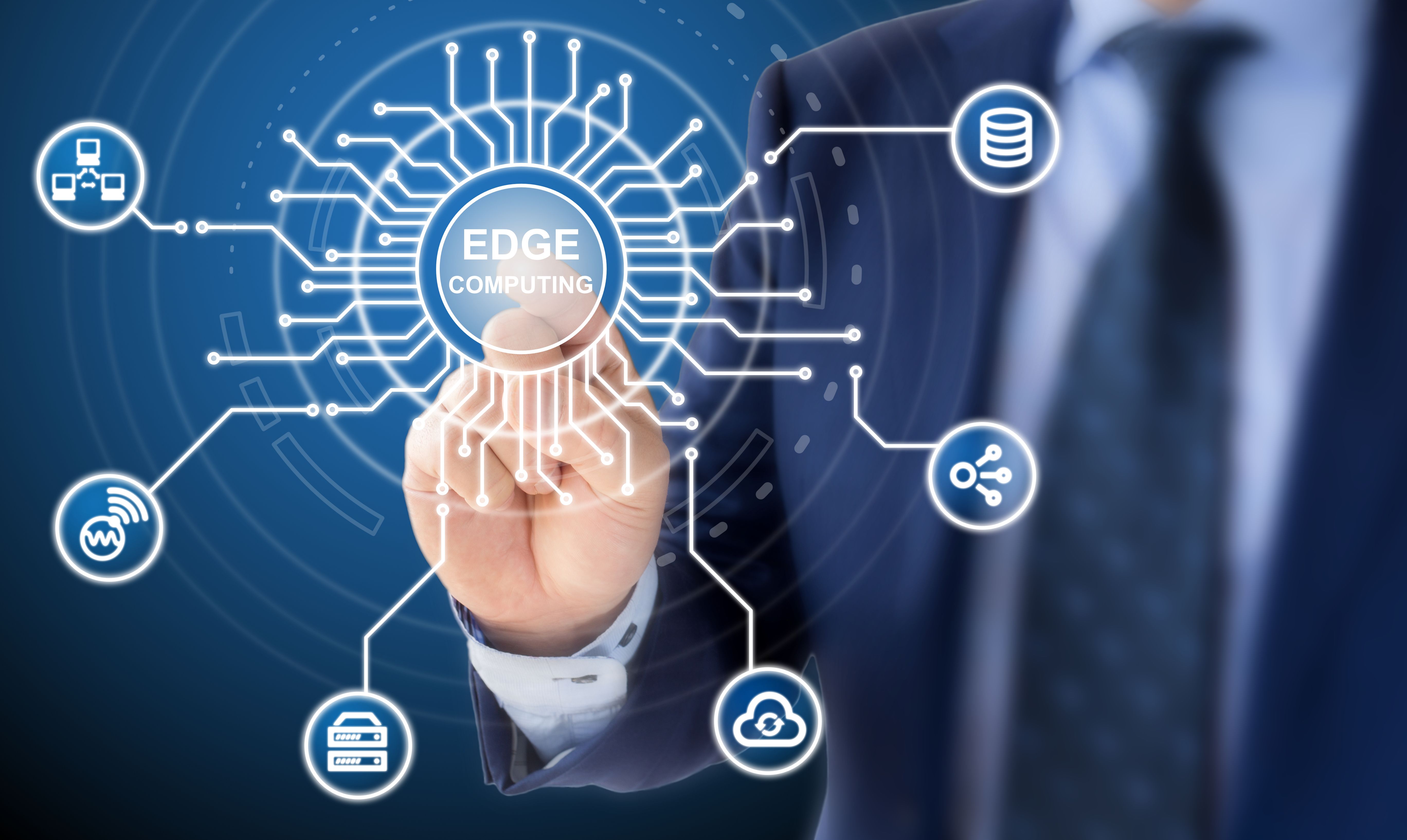Optimizing IoT with Edge Analytics: Crafting Low-Latency Workflows
Understanding IoT and Edge Analytics
The Internet of Things (IoT) is transforming industries by connecting devices and enabling them to communicate with each other. These devices generate vast amounts of data, creating both opportunities and challenges for businesses. One solution to effectively manage and utilize this data is through edge analytics, which processes data closer to its source rather than relying solely on centralized cloud systems.
Edge analytics allows for real-time data processing, reducing latency and enhancing decision-making capabilities. By analyzing data at the edge, businesses can respond quickly to changes, improve efficiency, and create low-latency workflows that are crucial in today's fast-paced environment.

The Advantages of Edge Analytics in IoT
Edge analytics offers several advantages for optimizing IoT systems. Firstly, it significantly reduces the bandwidth needed to transfer data to centralized locations for processing. This is particularly beneficial for applications where network connectivity may be limited or costly.
Additionally, edge analytics enhances data security by processing sensitive information locally rather than transmitting it over networks. This localized processing also allows for faster response times, which is critical in scenarios such as autonomous vehicles or industrial automation, where delays could lead to significant consequences.

Implementing Low-Latency Workflows
Creating low-latency workflows with edge analytics involves several key steps. First, organizations must identify which data needs to be processed at the edge and which can be sent to the cloud for further analysis. Prioritizing critical data ensures that immediate actions can be taken when necessary.
Next, businesses should invest in robust edge computing infrastructure. This includes deploying powerful edge devices capable of handling intensive data processing tasks. Regularly updating these devices ensures they remain efficient and secure.

Overcoming Challenges
Despite its benefits, implementing edge analytics is not without challenges. One of the primary concerns is ensuring seamless integration between edge and cloud systems. Establishing a unified architecture that supports both environments is essential for maximizing efficiency.
Another challenge is managing the complexity of distributed systems. Businesses must have a clear strategy for device management, data synchronization, and fault tolerance to maintain smooth operations across their IoT networks.
The Future of IoT and Edge Analytics
The future of IoT is closely tied to the advancement of edge analytics. As technology continues to evolve, we can expect even more sophisticated solutions that further enhance the capabilities of IoT systems. Innovations in machine learning and artificial intelligence are likely to play a significant role in this evolution.
Organizations that embrace these advancements will be well-positioned to capitalize on the full potential of IoT, driving innovation and gaining a competitive edge in their respective industries.

Conclusion
Optimizing IoT with edge analytics is crucial for developing low-latency workflows that meet the demands of modern business environments. By leveraging the advantages of edge computing, organizations can process data more efficiently, enhance security, and respond quickly to changes. As technology continues to advance, the integration of edge analytics into IoT systems will become increasingly vital for achieving operational excellence.
